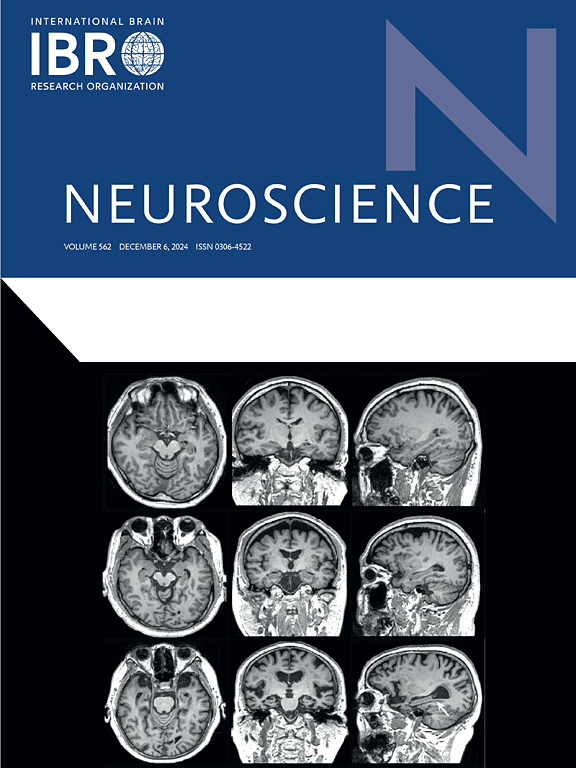mGluRs Ⅰ类负变构调节剂:神经病理性疼痛的最新进展和治疗前景。
IF 2.9
3区 医学
Q2 NEUROSCIENCES
引用次数: 0
摘要
神经病理性疼痛(NP)是一个普遍存在的公共健康问题,现有的治疗方法无法对其进行有效控制;因此,迫切需要新的治疗策略。G 蛋白偶联受体对细胞内的信号转导非常重要,广泛参与生理和病理过程,包括痛觉。I 组代谢型谷氨酸受体(mGluRs),包括 mGluR1 和 mGluR5,主要与中枢敏化有关,可导致痛觉减退和异动症。已发现许多针对 I 组 mGluRs 的正交部位拮抗剂可减轻 NP,但其疗效差、选择性低和副作用多,限制了它们在 NP 治疗中的发展。本文综述了基于异位调节机制的 I 组 mGluRs 负性异位调节剂(NAMs)相对于正位拮抗剂的优势,以及 I 组 mGluRs NAMs 在 NP 治疗中面临的挑战和机遇。本文旨在阐明 I 组 mGluRs NAMs 在治疗 NP 方面的优势和未来发展潜力。本文章由计算机程序翻译,如有差异,请以英文原文为准。

Negative allosteric modulator of Group Ⅰ mGluRs: Recent advances and therapeutic perspective for neuropathic pain
Neuropathic pain (NP) is a widespread public health problem that existing therapeutic treatments cannot manage adequately; therefore, novel treatment strategies are urgently required. G-protein-coupled receptors are important for intracellular signal transduction, and widely participate in physiological and pathological processes, including pain perception. Group I metabotropic glutamate receptors (mGluRs), including mGluR1 and mGluR5, are predominantly implicated in central sensitization, which can lead to hyperalgesia and allodynia. Many orthosteric site antagonists targeting Group I mGluRs have been found to alleviate NP, but their poor efficacy, low selectivity, and numerous side effects limit their development in NP treatment. Here we reviewed the advantages of Group I mGluRs negative allosteric modulators (NAMs) over orthosteric site antagonists based on allosteric modulation mechanism, and the challenges and opportunities of Group I mGluRs NAMs in NP treatment. This article aims to elucidate the advantages and future development potential of Group I mGluRs NAMs in the treatment of NP.
求助全文
通过发布文献求助,成功后即可免费获取论文全文。
去求助
来源期刊

Neuroscience
医学-神经科学
CiteScore
6.20
自引率
0.00%
发文量
394
审稿时长
52 days
期刊介绍:
Neuroscience publishes papers describing the results of original research on any aspect of the scientific study of the nervous system. Any paper, however short, will be considered for publication provided that it reports significant, new and carefully confirmed findings with full experimental details.
 求助内容:
求助内容: 应助结果提醒方式:
应助结果提醒方式:


